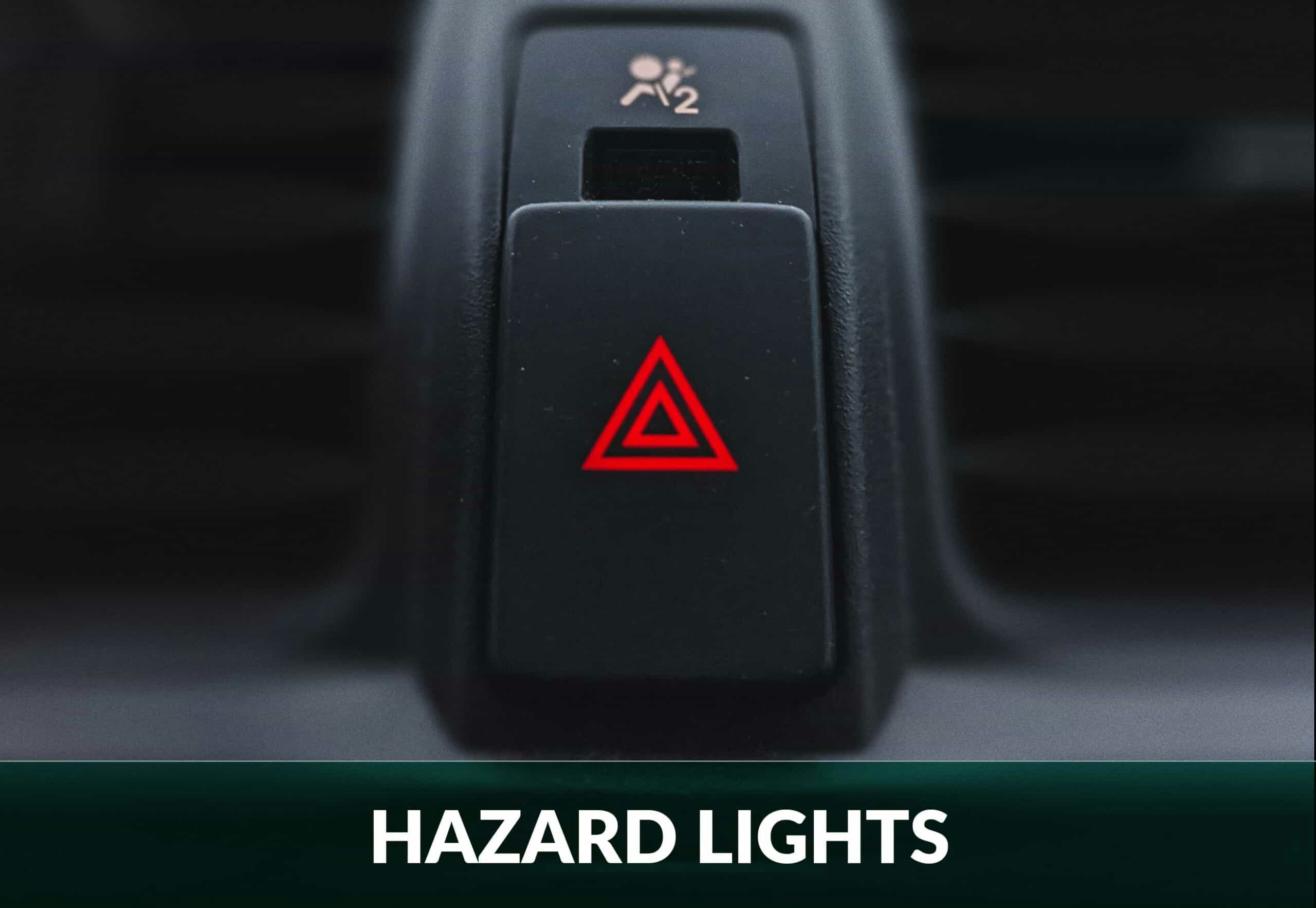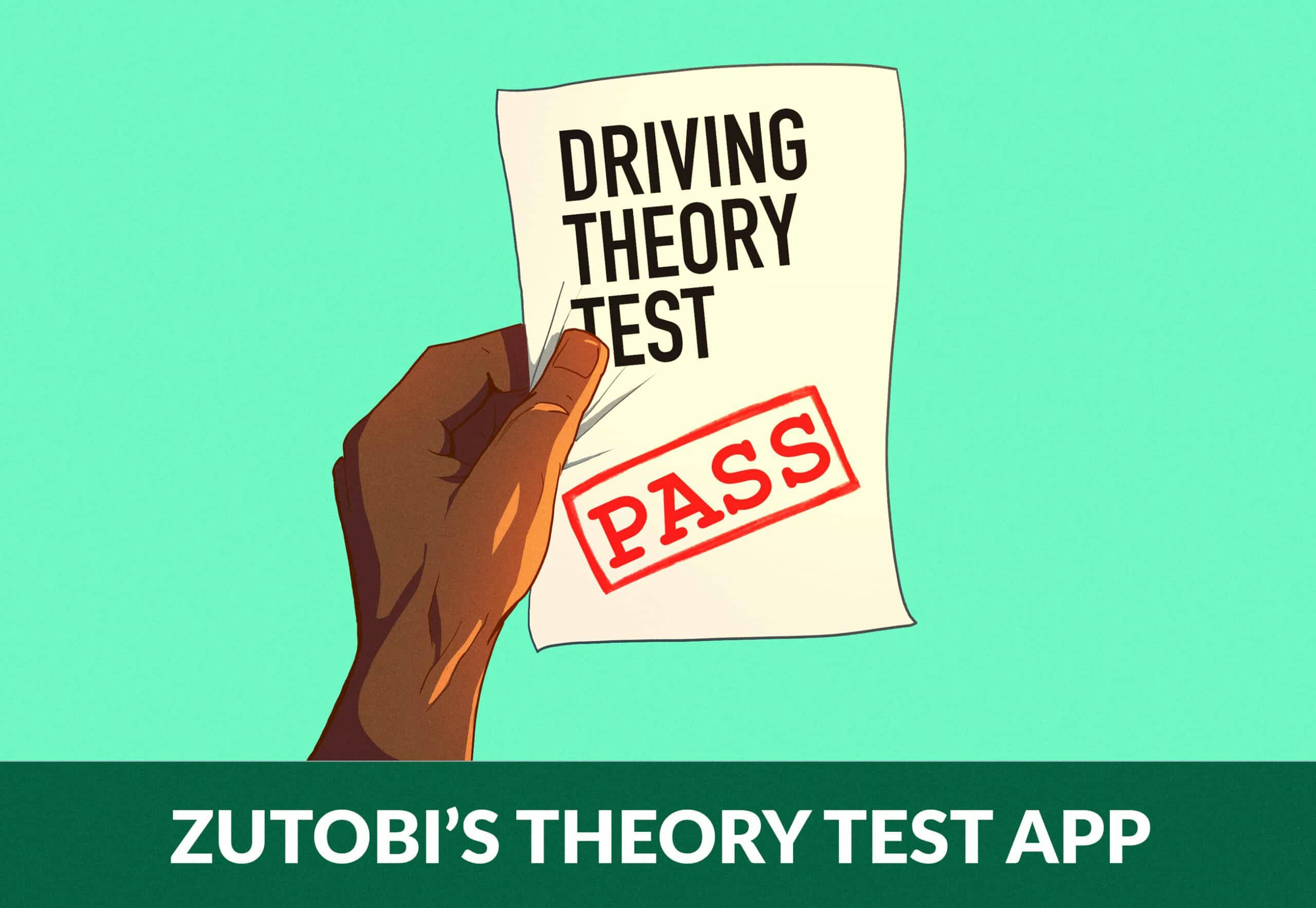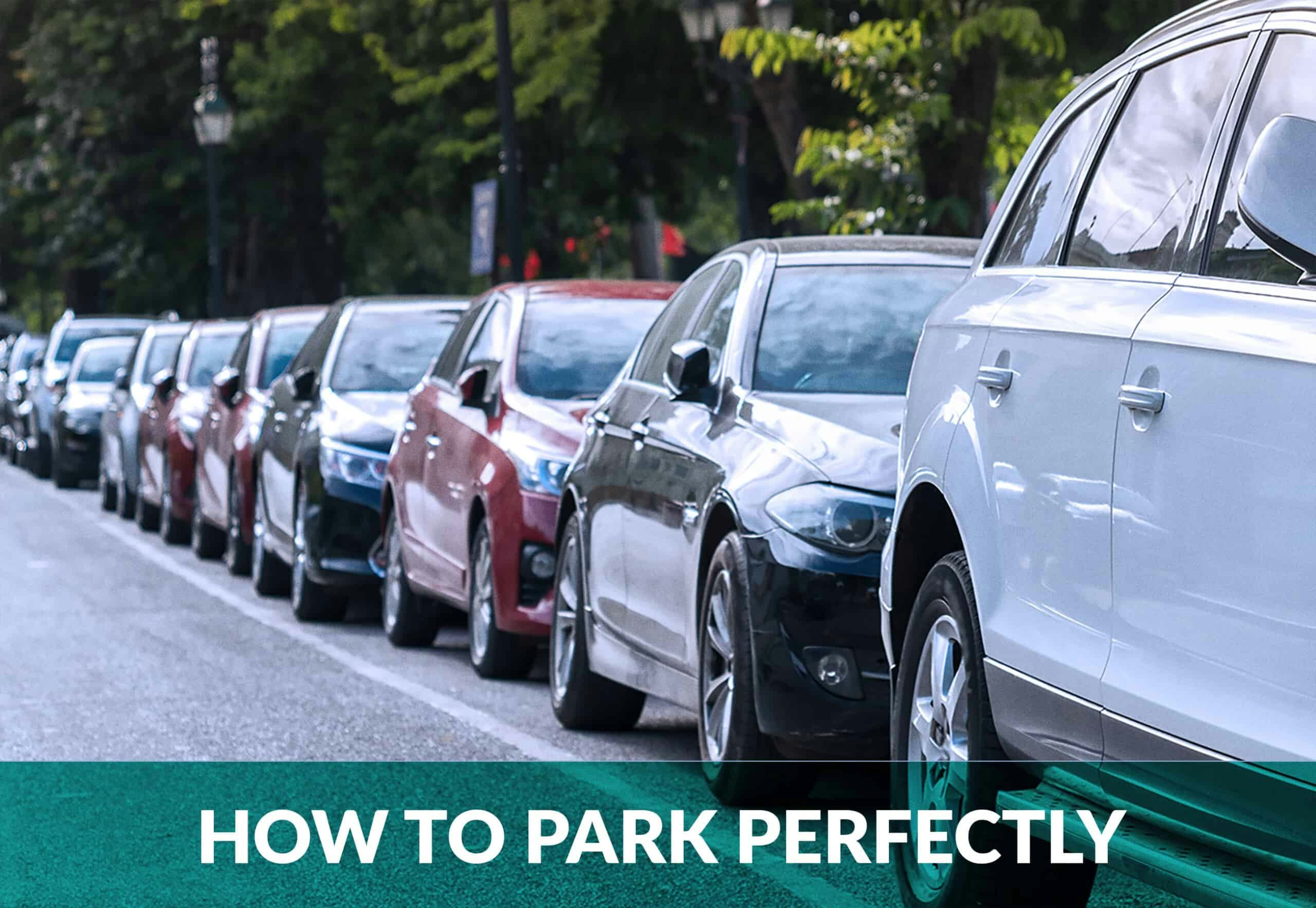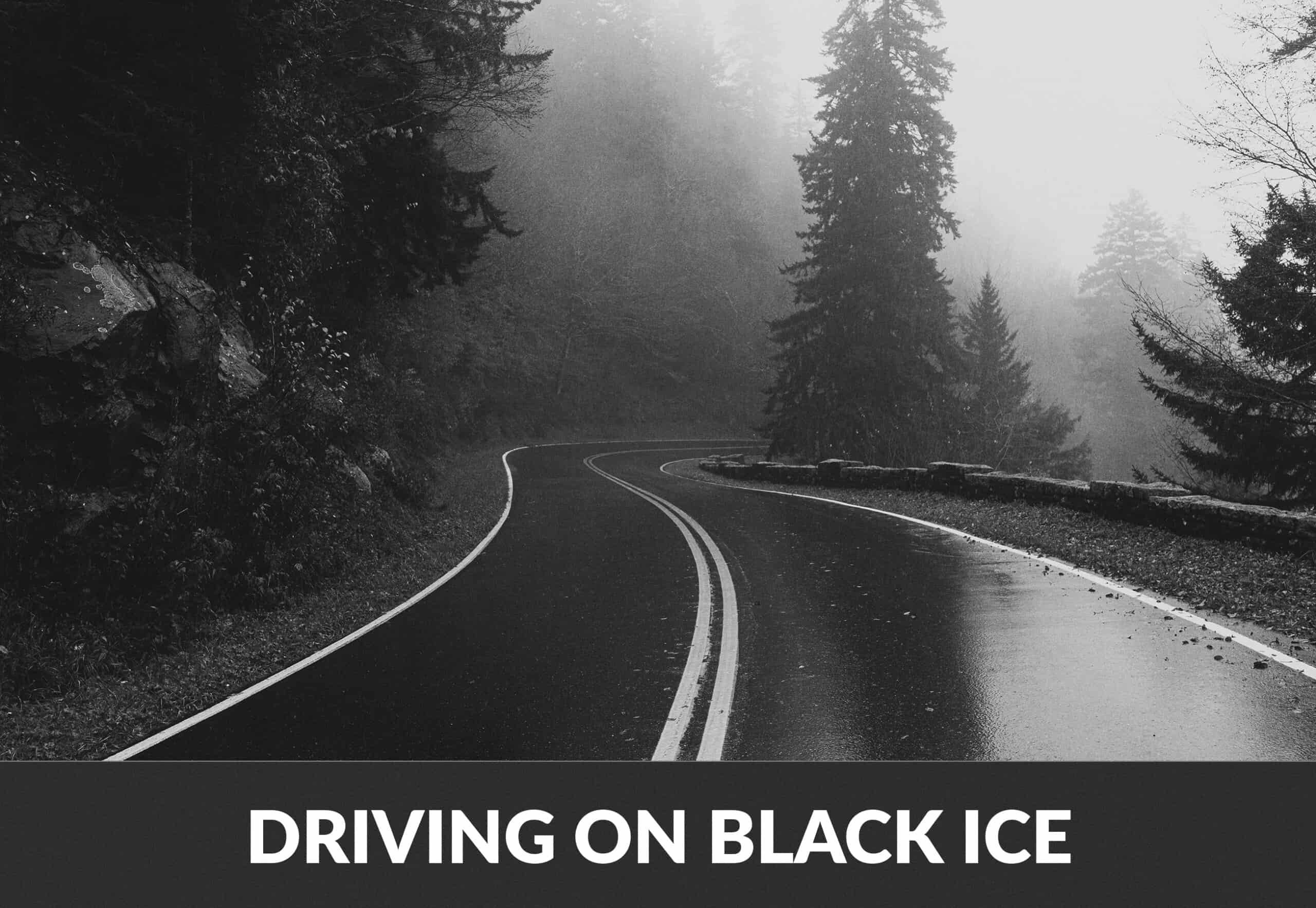
What are Hazard Warning Lights and When Should You Use Them?
Hazard warning lights are a must-have on today’s busy highways and roads. There are wrong and right situations in which you can use hazard lights in the United Kingdom. This article will go over everything you need to know.
What are Hazard Warning Lights?
Hazard warning lights are a driver-controlled system that causes all turn signal lamps to flash at the same time. Its purpose is to alert oncoming cars to the presence of an emergency, thus the name. They generally flash repeatedly to better draw other drivers’ and passengers’ attention.

When Should You Use Hazard Lights?
There are several situations when using your emergency flashers are recommended.
1 – If your vehicle is stationary and obstructing traffic
If your vehicle has become a temporary threat and you are waiting for help, use your flashers to alert other drivers of your presence. This is especially important when your vehicle has broken down in traffic.
However, do not use hazard lights as an excuse for dangerous or illegal parking.
2 – If you need to warn drivers behind you of a hazard or obstruction ahead
Whenever you are on a motorway or unrestricted dual carriageway and you need to warn drivers behind you of a hazard or obstruction ahead, use hazard lights. Use them for long enough for your warning to be observed.
In most other situations, it is illegal to drive with hazard lights on.
When Should You NOT Use Hazard Warning Lights?
1 – When Trying to Park
You should not turn on your hazard lights if you are parking illegally or looking for a parking spot.
2 – Attempting to Exit a Road
Avoid activating hazard lights if you have an emergency and must exit the highway. The primary reason for this is that when you activate your emergency lights, the turn signals are deactivated. Other drivers won’t be able to anticipate where you’re going in that situation, which can lead to an accident.
3 – While in Heavy Traffic
While your emergency lights can increase your visibility, they can also make it harder for other drivers to predict where you’re going. It is because turn signals are disabled in certain vehicles while flashers are activated.
4 – When driving or being towed
Do not use your hazard lights when driving or being towed, except if you are driving on a motorway or unrestricted dual carriageway and you need to warn of an obstruction or hazard ahead.
Prepare in Advance so You Don’t Have to Use Your Flashers
Making sure you’re prepared is your best bet for not having to use hazard lights.
For example, before you begin driving, make sure you inspect your vehicle. You don’t have to do this every time, but making it a habit can save you a lot of trouble in the long run. In addition, inspect your tyres and look under the hood of your car every couple of weeks. Check fluids and engine oil level. As you become more acquainted with your vehicle, you will begin to notice when things are out of place then take the necessary steps.
Aside from getting into the practice of maintaining your car regularly, prepare for bad weather and poor road conditions. Consider changing your travel arrangements if the weather forecast is not favourable or if there will be heavy traffic on your way to your destination.
By doing these preventive measures, you won’t be put in a situation where your car breaks down and you have to use your emergency flashers, which is best for everyone.

550+ exam-like questions
All you need to ace your test
Free trial
Recommended articles
Ace your theory test, guaranteed
Want to Be the Top School in Your Area?
- Simple & automated admin
- More time for teaching
- #1 learning materials for students


